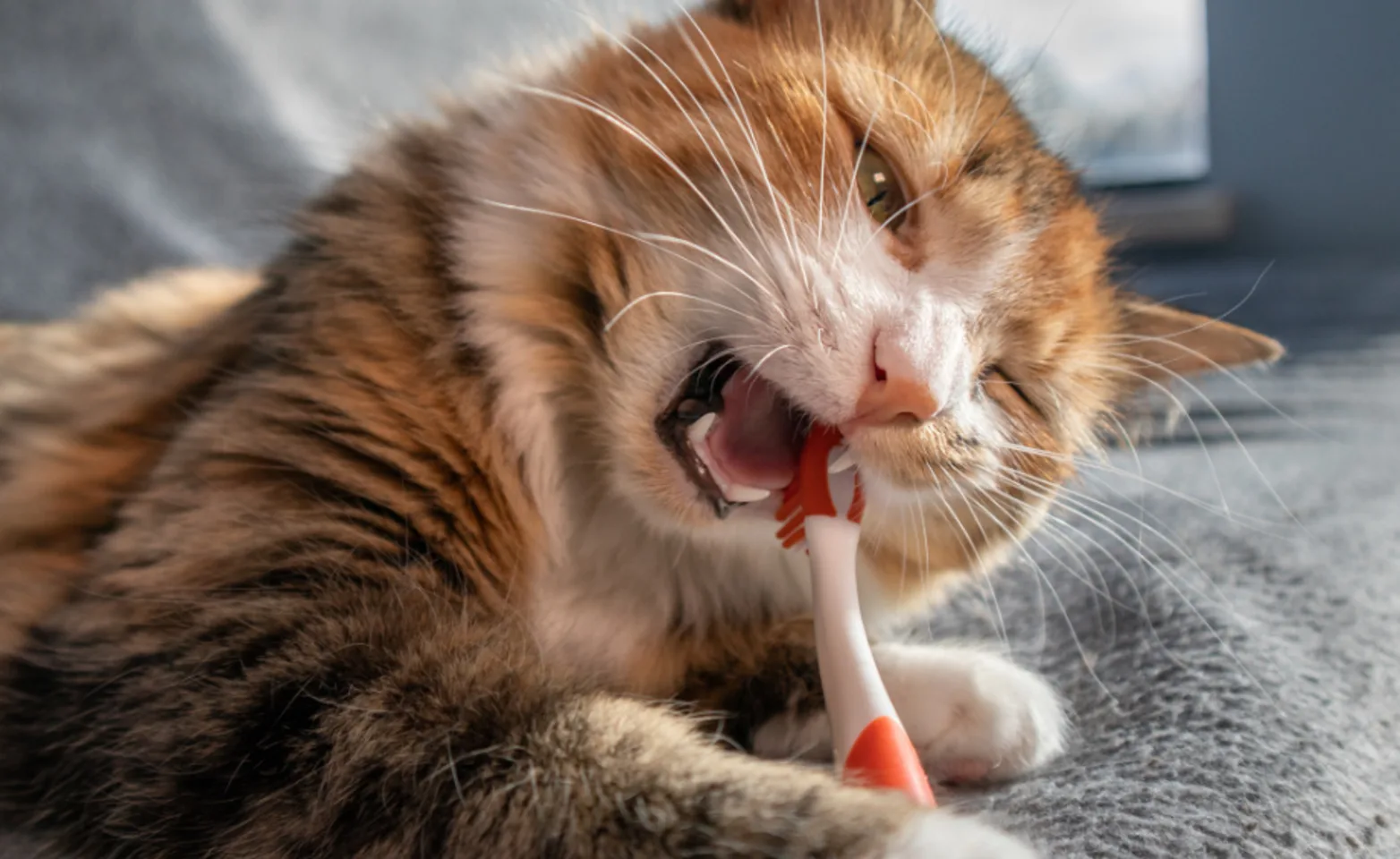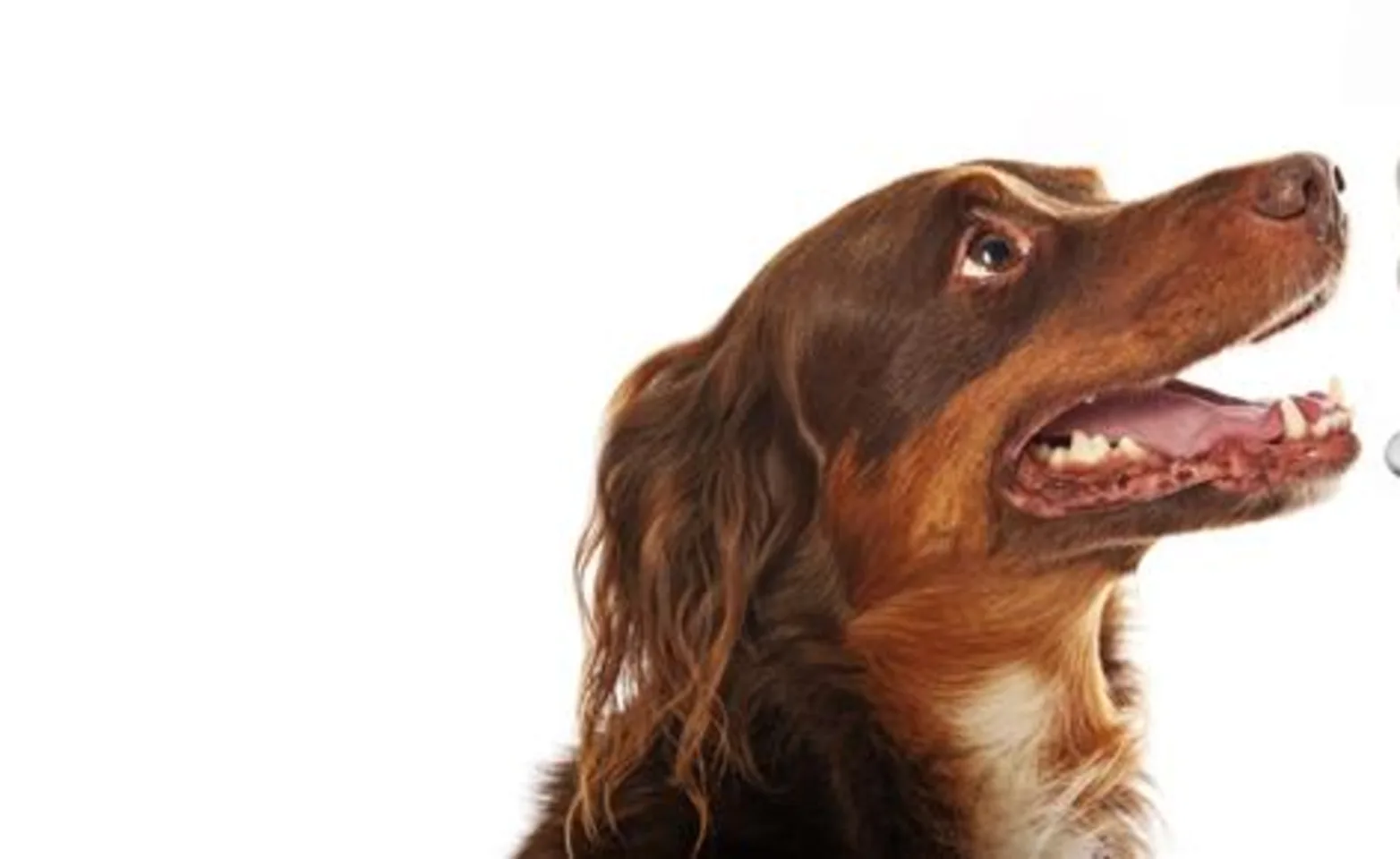Oley Valley Animal Clinic

Dental Health
Periodontal Disease (gum disease) is one of the most common medical conditions seen by veterinarians.
Over 85% of dogs and cats, older than four years, have periodontal concerns.
One milligram of plaque contains over one-trillion bacteria that can cause disease.
By keeping up with your pet's dental care, you can extend their life expectancy by 3-5 years.

What Is Gum Disease?
Gum disease, or Periodontal Disease, is the inflammation of some or all of the tooth’s support structures (including the gums and bone). Gum disease is caused by bacteria.
Bad Breath 101
What is Halitosis?
Halitosis is another word for bad breath.
What causes Halitosis?
The most common cause of Halitosis is plaque
Effects of Dental Disease
The discomfort in your pet’s mouth may lead to the inability to chew food or reluctance to eat.
Behavioral problems may occur (biting, hiding, marking, irritability, etc).
Bacteria from the mouth can travel through the bloodstream affecting vital organs such as the heart, lungs, liver, and kidneys.
Myths About Dental Care
Dental cleanings are purely cosmetic
They do make your pet’s pearly whites, white again, but they also remove harmful bacteria that causes gum disease.
Dogs and cats do not feel pain the way people do
Just as you get a tooth ache or sore gums, pets can experience these pains too (especially if they do not receive regular dental care)
A dog or cat’s mouth is cleaner than a human’s
Most pets do not receive a daily brushing, so bacteria is left building up in their mouths. (Ever wonder where the bad breath comes from?)

How to Protect Your Pet
Bring your pet in for a dental exam where your veterinarian will assess your pet’s mouth.
Your veterinarian will be able to tell you if a professional cleaning is in order.
If cleaning is not needed then home care will be discussed.
What Type of Cleaning is Best for My Pet?
With Anesthesia
All surfaces of the teeth are cleaned
Can clean beneath and between the gums
Provides thorough charting of all the teeth
Able to take full mouth radiographs
Can provide all treatments at once i.e. if there are extractions
Safer for the technician, as the animal is unable to bite
Can adequately polish teeth to prevent cavities and other problems
Without Anesthesia
Only cleans the outside of the teeth and the crown
Unable to adequately chart all teeth
Unable to take dental radiographs.
May cost more money if the animal needs further treatment under anesthesia
Not as safe for the vet (they can be bitten by the animal)
Can damage the tooth or gums if the animal moves during treatment

Dental Care At Home
It is important to talk to your vet about routine dental care that you can provide for your pet at home.
Ask your vet about the following products and if they’re right for your pet!
Oxyfresh
Maxiguard Gel
Brushing Teeth
C.E.T. Chews
Oravet Sealant
Tartar Shield Chews
Additional Information
Please contact your veterinarian for more information.
Sources:
